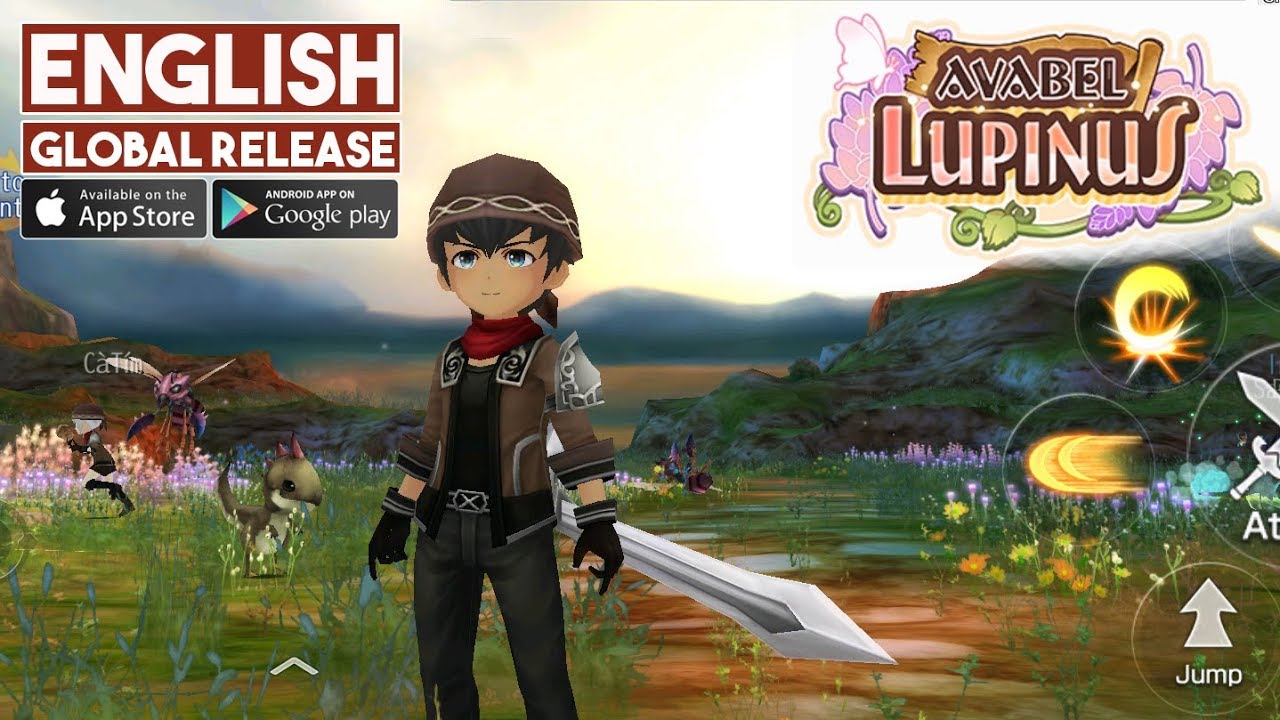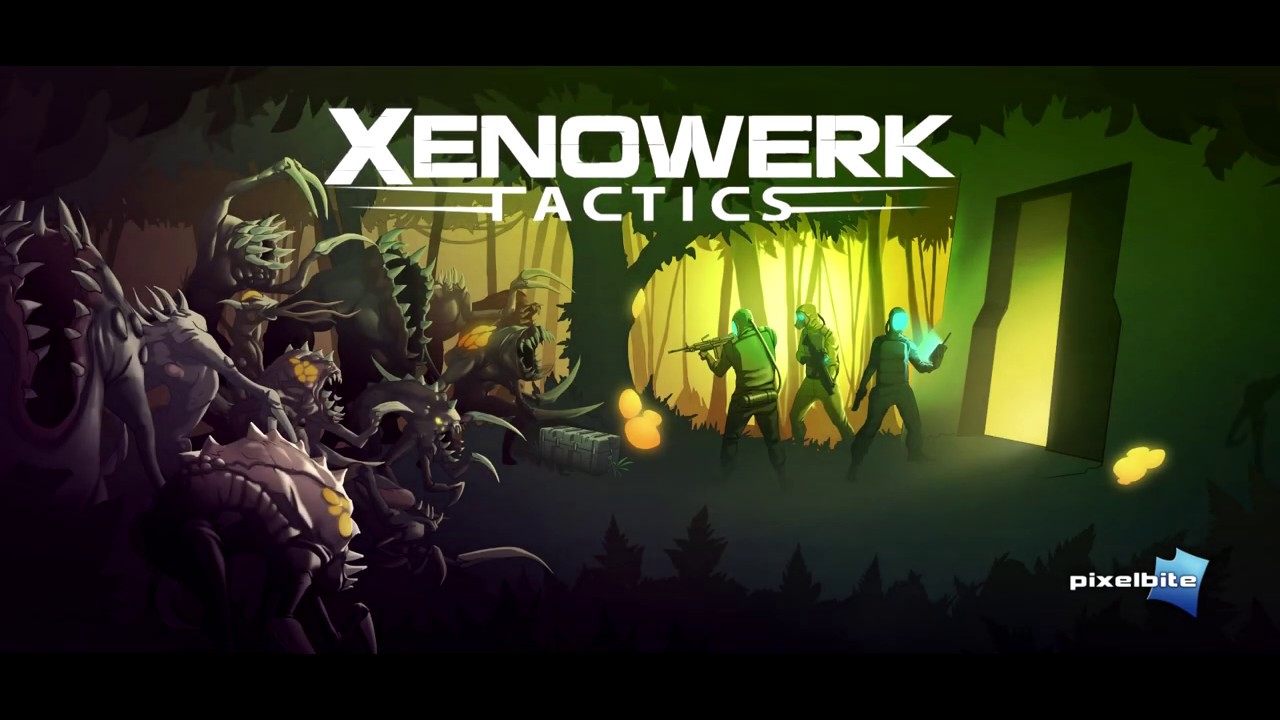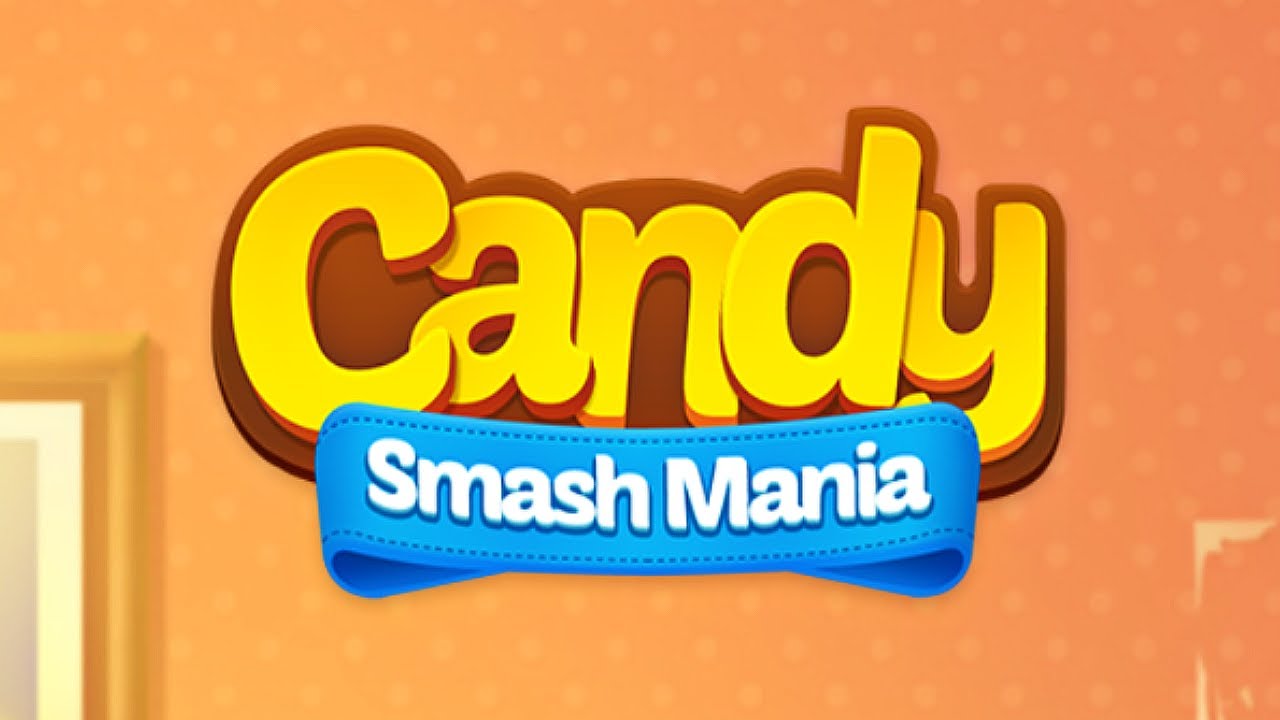In the world of instant messaging, Facebook Messenger has carved a niche as one of the most ubiquitous and versatile communication platforms. Since its inception, Messenger has evolved dramatically, offering far more than just a way to send messages. Today, it stands as a communication powerhouse, bridging gaps between people and even businesses. To understand its significance, it’s crucial to explore Messenger’s history, development, features, and its impact on the way we connect.
The Origins of Facebook Messenger
Facebook Messenger wasn’t always the independent, multifunctional app we know today. It was born out of Facebook’s desire to provide a smoother and more streamlined communication platform. Originally, messaging was integrated directly into Facebook itself. Users would log into Facebook and exchange messages with friends through a simple chat function embedded in the website.
In 2008, Facebook introduced its standalone chat feature, which operated as a pop-up window for users to communicate in real time. However, this system had its limitations. Facebook wanted a more robust communication tool to compete with the growing popularity of other chat platforms like WhatsApp and Skype. In 2011, Facebook Messenger was officially launched as a standalone app for iOS and Android, separating it from the main Facebook application. This marked the beginning of a transformative journey.
Messenger’s Growth and Expansion of Features
As soon as Messenger was launched, it quickly gained traction. The app allowed users to communicate via text, but what set it apart was the ability to send images, audio recordings, and even video messages. It wasn’t long before Facebook started adding new features that pushed Messenger beyond the realm of basic text communication.
1. Voice and Video Calling
Voice calling was one of the earliest additions to Messenger, arriving in 2013. This feature allowed users to make calls over Wi-Fi, making long-distance communication more accessible. The launch of video calling in 2015 added another dimension to the platform, turning Messenger into a complete communication suite that could rival Skype and FaceTime.
2. Group Chat and Collaboration
Group chats were another significant step in Messenger’s evolution. Users could create groups to talk with multiple friends or family members simultaneously. This feature was a game-changer, not only for social conversations but also for workplace collaboration. With features like shared files, voice notes, and video calls within groups, Messenger became an invaluable tool for personal and professional teamwork.
3. Payments
In 2015, Facebook introduced a peer-to-peer payment system within Messenger, allowing users to send and receive money directly through the app. While not as robust as standalone financial apps like PayPal or Venmo, the integration of payments within Messenger simplified the process of splitting bills, paying friends back, or even conducting business transactions.
4. Chatbots and Business Integration
2016 marked a major turning point for Messenger with the introduction of chatbots and enhanced business functionality. Facebook opened up its platform to developers, enabling companies to create bots that could interact with users. This move turned Messenger into more than a platform for personal conversations—it became a tool for customer service, shopping, and more. Users could now book flights, order food, or get answers to questions from businesses directly through Messenger.
This integration with businesses turned Messenger into a valuable tool for e-commerce and digital marketing. Companies could engage with customers in real time, offering support, sending updates, and even processing orders through a chat interface. This opened up a new realm of possibilities for customer service and brand interaction.
5. Messenger Rooms
In response to the growing need for video conferencing, particularly during the COVID-19 pandemic, Messenger introduced “Messenger Rooms” in 2020. This feature allowed users to create virtual meeting rooms, supporting up to 50 participants without a time limit. Messenger Rooms were designed to compete with the likes of Zoom and Microsoft Teams, expanding the app’s utility beyond casual conversations to more professional and organized virtual meetups.
Security and Privacy on Messenger
With the growth of Messenger’s user base came concerns about privacy and security. Like other social media platforms, Facebook has faced criticism over its data practices, and Messenger was not immune to this scrutiny. Facebook has taken steps to improve the security of the platform, such as introducing end-to-end encryption for one-on-one conversations through its “Secret Conversations” feature, launched in 2016. This ensures that only the participants of a conversation can read the messages, preventing third parties—even Facebook—from accessing the content.
However, Messenger’s encryption features remain optional, unlike other platforms such as WhatsApp, which offer end-to-end encryption by default. This has led to ongoing debates about whether Messenger provides sufficient protection for users’ privacy, especially as cyber threats and data breaches continue to grow more sophisticated.
Messenger and Social Connectivity
Messenger has played a pivotal role in how people connect online. With billions of active users, the platform has become an essential tool for staying in touch with friends, family, and coworkers around the globe. What makes Messenger particularly powerful is its integration with Facebook’s ecosystem. While the app itself is independent, it is deeply interconnected with Facebook profiles, allowing users to find and communicate with people based on their social network. This makes it easier to locate and connect with contacts, both new and old.
Additionally, Messenger’s seamless synchronization across multiple devices makes it convenient for users to switch between desktop, mobile, and tablet, ensuring that conversations are never interrupted.
1. Emojis, Stickers, and GIFs
Beyond its technical features, Messenger has continuously enhanced how users can express themselves. Messenger includes a rich collection of emojis, stickers, and GIFs, making conversations more dynamic and fun. Whether it’s sending a heart emoji to a loved one or a funny GIF to a friend, Messenger offers endless ways to infuse personality into interactions.
2. Status and Stories
In another move to keep up with changing social trends, Messenger adopted the “Stories” feature, similar to Instagram and Snapchat. Known as “Messenger Day,” this allowed users to post temporary updates that disappear after 24 hours. While Messenger Day wasn’t as widely adopted as its Instagram counterpart, it marked another way Messenger aimed to foster real-time engagement between users.
Messenger Lite: A Slimmed-Down Version
For users with limited data or those in areas with poor internet connectivity, Facebook released Messenger Lite in 2016. Messenger Lite is a stripped-down version of the app that retains core functionality—text, photo, and link sharing—while removing more data-heavy features like video calling and animations. This version of Messenger was designed to cater to users in developing markets and those with older devices, ensuring that Facebook’s communication tools were accessible to a wider audience.
Messenger Kids: A Safe Space for Children
Recognizing the growing number of children using smartphones, Facebook launched Messenger Kids in 2017. This child-friendly version of the app is aimed at children under 13 and is designed with strict parental controls. Parents can manage their child’s contacts and oversee their conversations, providing a safer environment for children to communicate online.
While Messenger Kids has been praised for promoting safe communication for young users, it has also drawn criticism for potentially fostering early social media addiction. Some argue that introducing children to digital communication tools at such a young age may have unintended long-term effects on their social development.
Messenger’s Impact on Businesses
Messenger has emerged as an essential tool for businesses, particularly in customer service and marketing. With chatbots, businesses can automate responses to common questions, process orders, and provide instant customer support. This helps companies scale their customer service operations without the need for large teams.
Moreover, Messenger’s integration with Facebook Ads has turned it into a marketing channel in its own right. Businesses can use targeted ads that lead directly to a Messenger conversation, where they can engage with potential customers in real time. This has proven to be an effective way to build relationships with customers and move them further down the sales funnel.
The Future of Messenger
As we look to the future, it’s clear that Facebook Messenger is far from done evolving. With plans to unify Messenger, WhatsApp, and Instagram Direct under a single messaging platform, Facebook is aiming to create a more cohesive communication experience across its apps. This would allow users to communicate seamlessly across different platforms, a move that could further solidify Facebook’s dominance in the messaging space.
Additionally, the rise of artificial intelligence (AI) promises to bring even more innovation to Messenger. AI-powered chatbots are likely to become even more sophisticated, allowing businesses to provide more personalized and efficient customer service. Moreover, as virtual and augmented reality technologies continue to develop, Messenger could potentially integrate immersive communication tools, allowing users to interact in virtual spaces.
Conclusion
From its humble beginnings as a simple chat feature within Facebook to its current status as a multi-functional communication platform, Messenger has undergone significant transformation. Today, it stands as one of the most versatile and widely used messaging platforms in the world, offering users a range of features that go far beyond basic text communication. Whether it’s connecting with friends, making business transactions, or conducting video meetings, Messenger has become an essential tool in modern communication, constantly evolving to meet the needs of its users. As technology continues to advance, Messenger’s journey is far from over, and it will be fascinating to see where it goes next.










